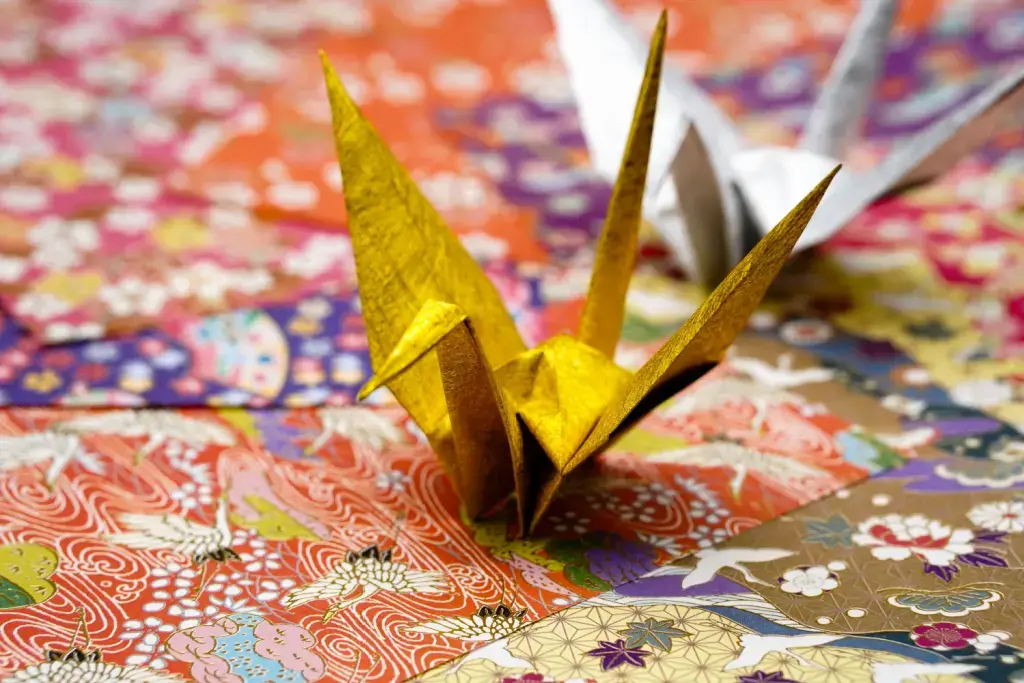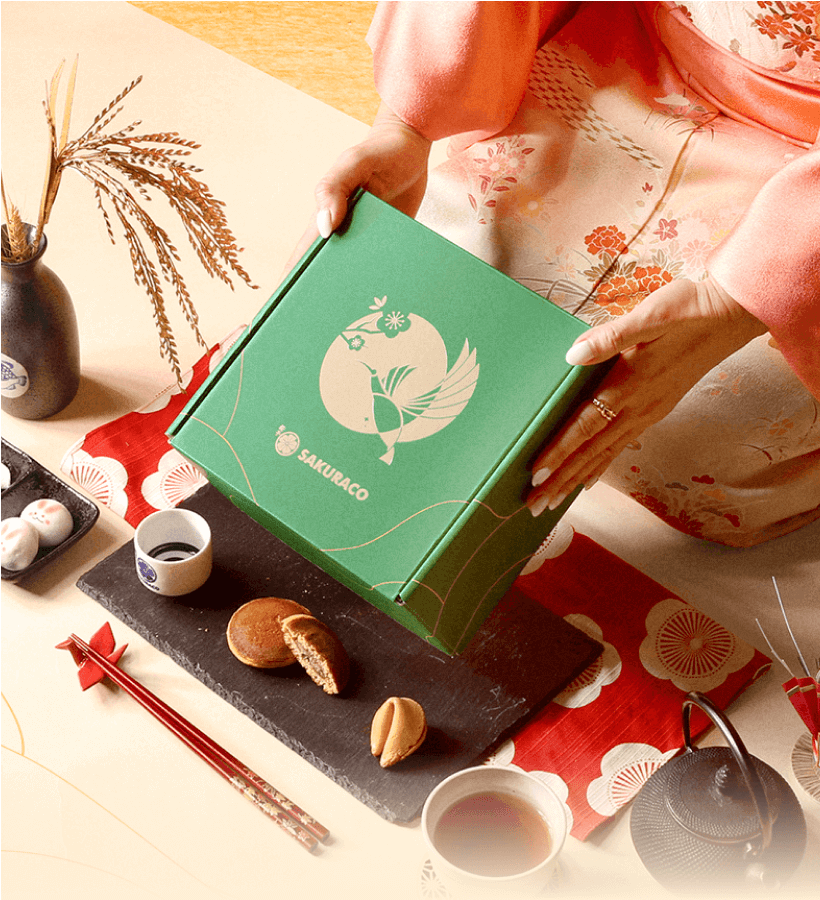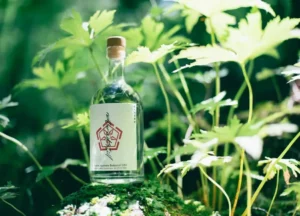Origami, the art of paper folding, was once woven into formal ceremonies and religious rituals. With the invention of Washi, the craft spread to the public for men and women, children and adults alike, to enjoy. People were fascinated by seeing paper come to life with each fold. However, its beauty is also thanks to the origami paper’s texture, rich color, and nature-inspired pattern.
Table of Contents
ToggleWhat is origami paper?
Origami paper, and origami, is deeply rooted in Japanese culture. Origami traditionally features shapes found in nature, such as animals and flowers. A classic example is the paper crane; Japanese tradition says that folding 1,000 paper cranes can improve health. This reflects Japan’s appreciation of nature, which is also seen in artworks that include elements of the environment. To this end, artists use origami paper to reproduce nature through its texture and patterns.
Its origins trace back to the Heian period (794–1185). During these times, paper was a luxury item for the nobility because it was expensive and handmade. The creation of washi allowed samurai families to use it to wrap gifts and offerings because of its durability.
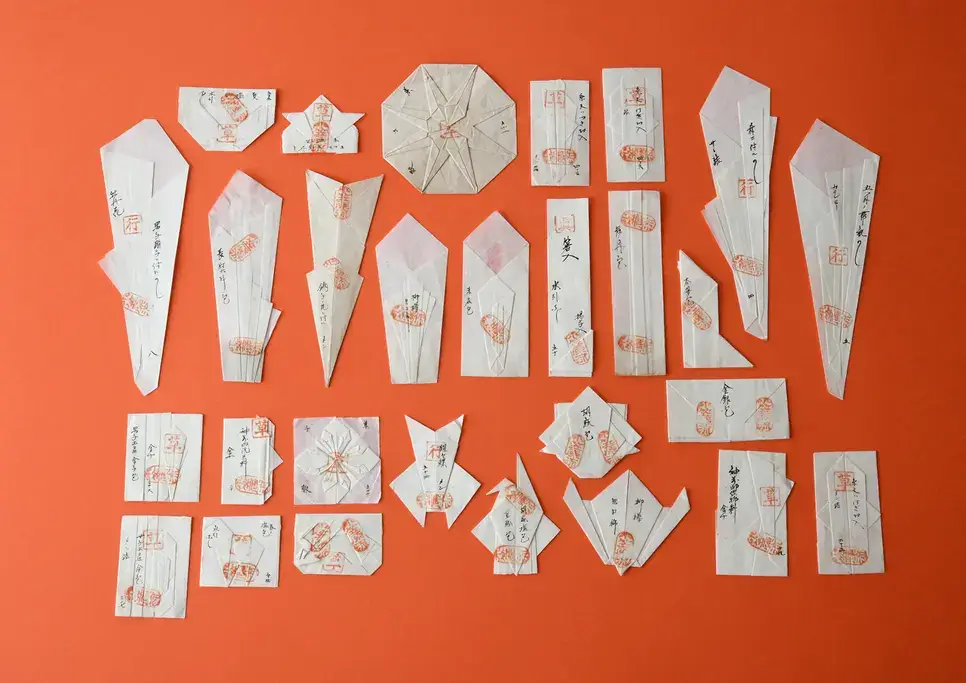
It was also used in religious rituals and formal ceremonies as shrine purification offerings and paper ornaments. Some historians link this act of folding, known as origata, with the beginnings of origami.
Over time, washi paper became more affordable and colorful thanks to innovations in paper-making. This made it possible for everyone to enjoy, and later became a leisure activity during the Edo period (1603-1868). Now, different kinds of origami paper can be found on the market. This variety allows people to create crafts that match their aesthetic and interests.
Kinds of Origami Paper
Kami
Kami, which translates to paper in Japanese, is a thin and resilient sheet that comes in various colors. As the standard paper, it has one white side and one solid-colored side. It holds creases quite well, although there is a possibility of cracking when making complex models.
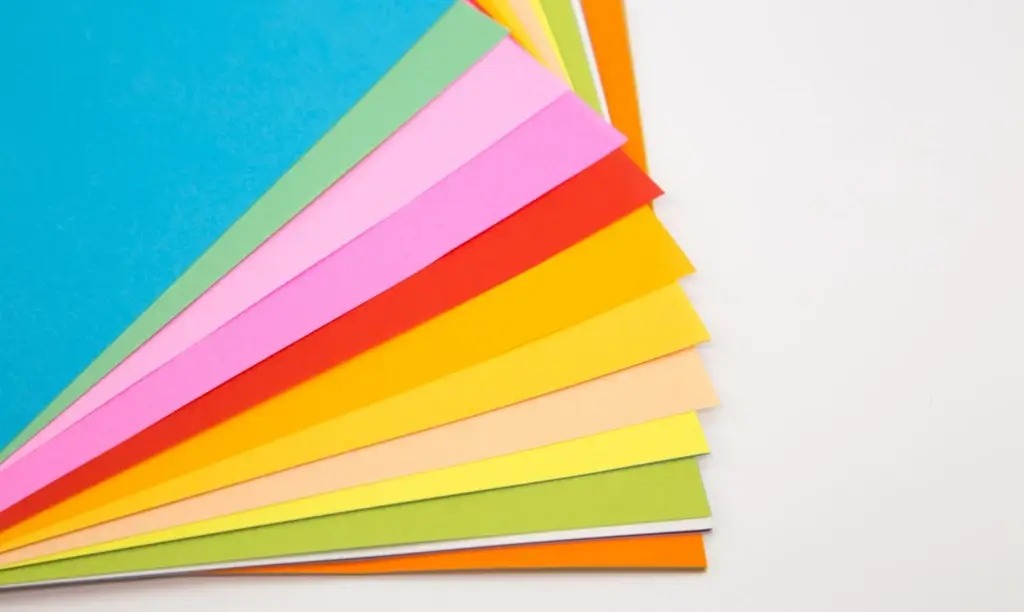
Kami remains the most affordable, readily available, and easy-to-use origami paper. It is ideal for beginners and casual origami crafters who enjoy simple to medium-level folding patterns.
Paper-backed foil
Paper-backed foil holds crisp creases extremely well, making it suitable for both simple and intricate origami designs. It features a thin, shiny surface in bright metallic colors like silver and gold, and has excellent color retention.
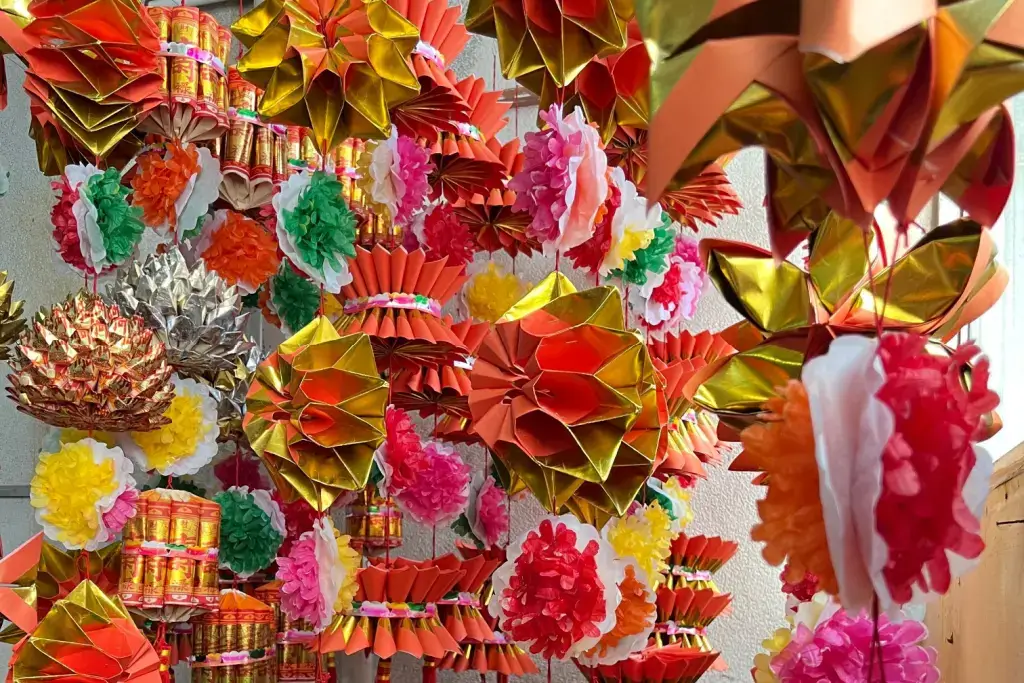
However, it is prone to tearing and cracking even at the slightest touch. This makes it less suitable for backlit designs like tessellations. Thus, it is necessary to be precise and careful with every fold you make when using foil paper.
Washi
Washi is a fine, handmade paper rooted in the Japanese history of paper-making. It is made by pouring plant fibers and water over a screen multiple times until it forms solid layers. This also gives it a cloth-like feeling similar to traditional paper.
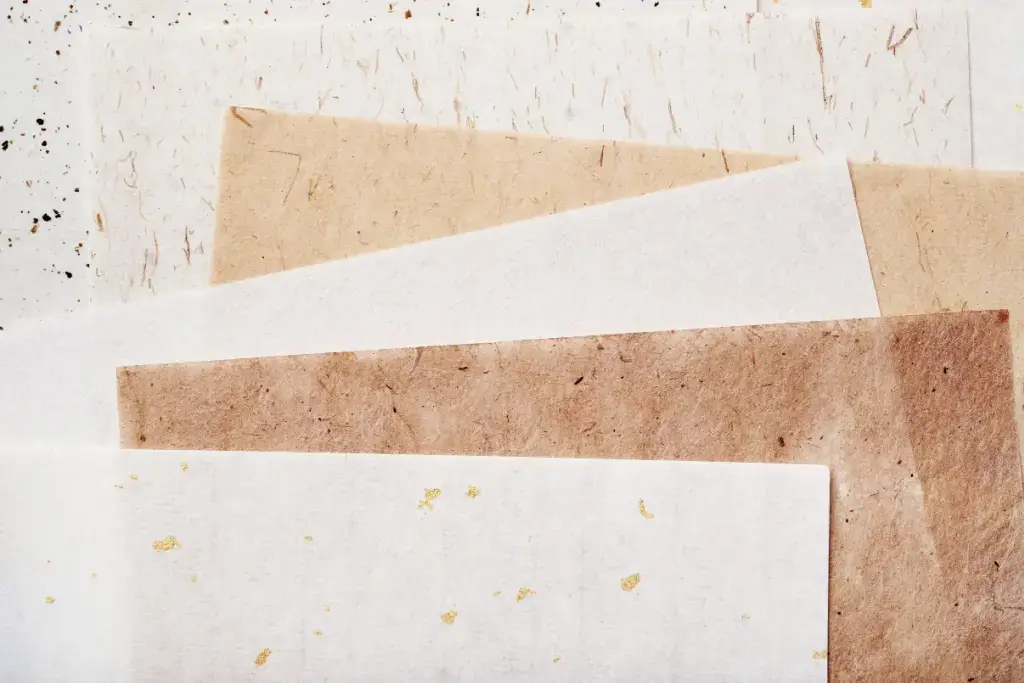
Making sharp creases in washi is difficult because of its durability, despite its thinness. However, it absorbs ink beautifully, and its texture allows its shape to be transformed with water. Washi can also evoke a lifelike effect on its designs.
Chiyogami
Chiyogami, a term that combines 1,000 years (“chiyo”) and paper (“gami”), is paper strong and durable enough to be sewn on. It is what comes to mind when you think of nature-inspired origami paper. One side features a plain, white canvas and brilliant, colorful patterns with intense colors on the other. These patterns take inspiration from the kimonos of well-off and stylish women during the Edo period.
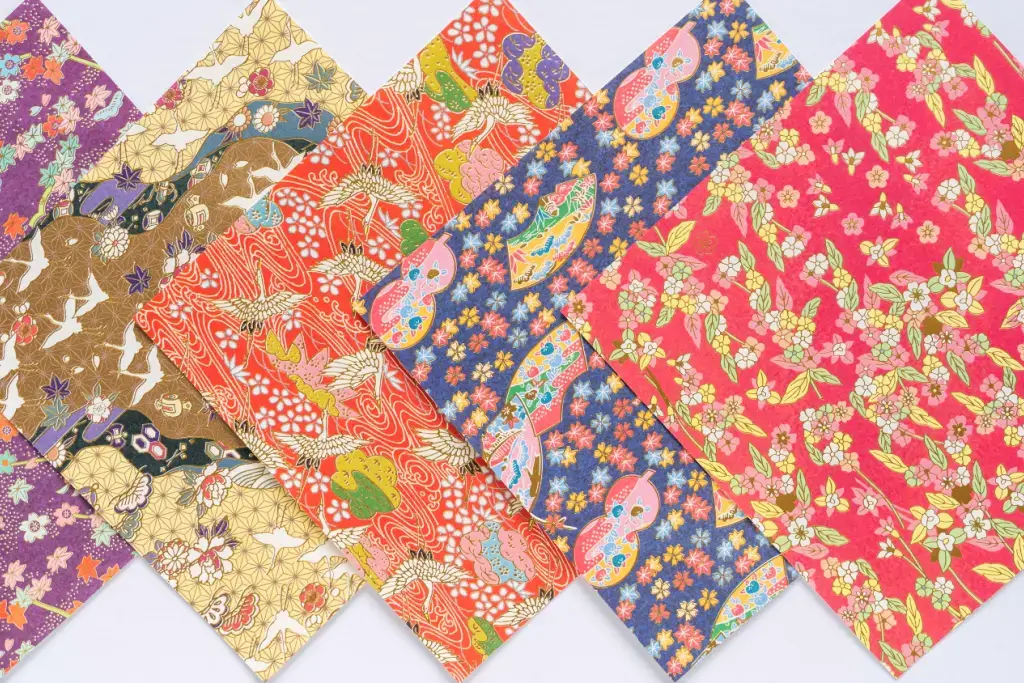
Similar to washi, Chiyogami is challenging to fold because of its durability. This makes it suitable for smaller models that add charm to a home’s interior through their flair.
Are you looking for great snacks while folding origami? Sakuraco delivers traditional Japanese snacks, teas, and sweets from local Japanese makers directly to your door so you can enjoy the latest treats directly from Japan!
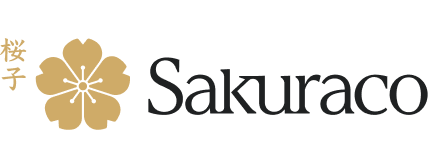
How to Choose the Right Origami Paper
The characteristics of origami paper can influence the outcome of the design. This is why choosing the right origami paper is part of the art form. The ideal sheet will ultimately depend on your project’s complexity, aesthetics, and purpose. Thin, malleable paper works well for intermediate models, allowing precise folds. On the other hand, durable ones are better for patterns requiring you to repeat a fold multiple times.
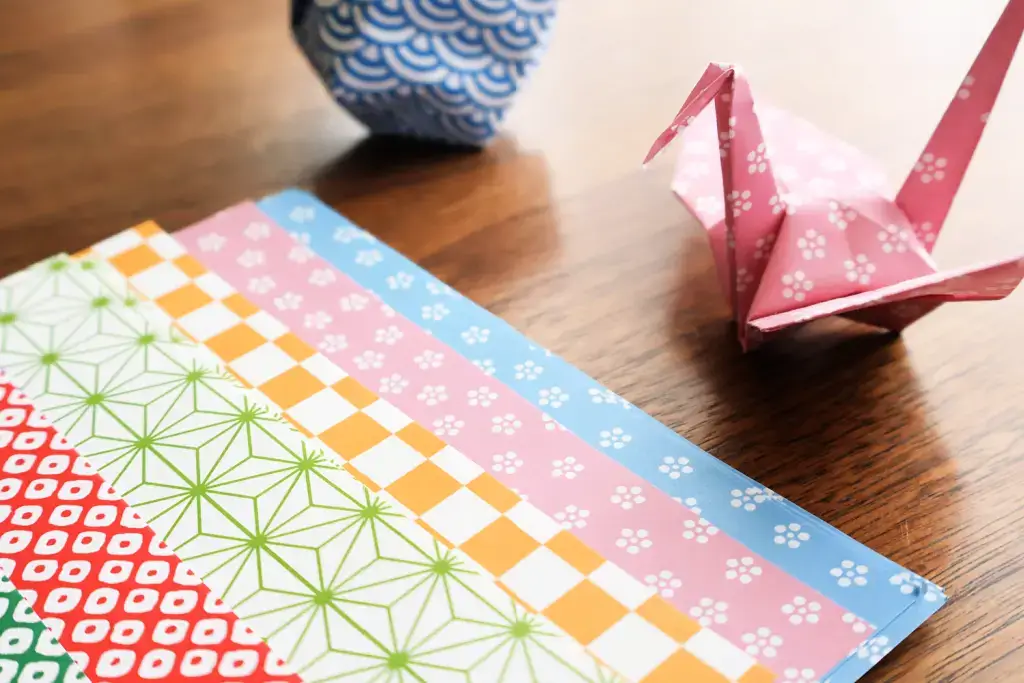
For decorative purposes, opt for those with reflective or intricate patterns to draw attention to the origami. You can also consider the texture and color contrast you want to achieve, particularly for tessellations and modular designs, where the front and back sides of the paper will be visible.
Try different origami papers for your next origami craft!
Using origami paper that matches your design helps you make clean, precise folds and gives your project a beautiful, polished look. Choosing the right paper can elevate your project regardless of your crafting experience and level. Experiment with different origami papers to discover your preference and style. Let us know in the comments which one is perfect for you!


